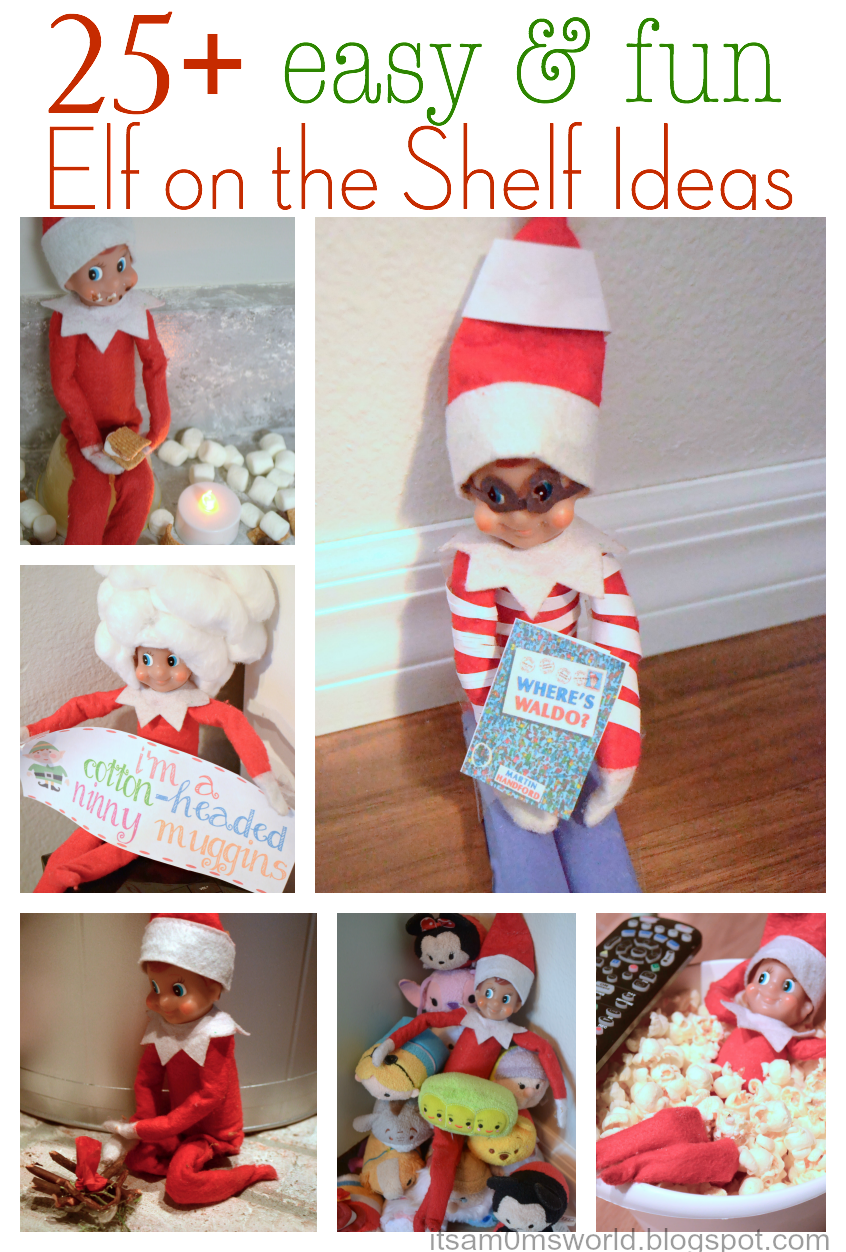

Instead of a naughty elf, what about a helpful elf? Explain to your children that Santa's elf has been sent to homes to help them in the run-up to Christmas.

Of course, I’m not suggesting parents scrap the tradition all together - where’s the fun in that? Instead, we have come up with some alternative ways to enjoy the popular tradition - by modelling behaviour you would like to see and supporting children to make good choices. But are these naughty elves sending the right message? Or are they encouraging the exact kinds of behaviour parents are actually wanting to avoid? Youngsters across the country wake up to find their cheeky little elf has been up to no good, delving into the biscuit jar (strictly forbidden!), leaving a crumbly mess, or rolling down the stairs encased in a wayward roll of toilet paper. Parents can be forgiven for wanting children to be excited in the run up to Christmas, creating little scenes in which elves get up to mischief. Is Elf on Shelf sending the right message? Do we really want our children thinking they're being watched every moment of the day by these festive home invaders? Could the expectation be setting some children up to fail? If children don’t succeed, parents may even feel they need to follow through with sanctions such as removing presents. The same goes for children asking them to be ‘good’ every moment of every day in December can feel overwhelming. Typically, we often find smaller, more manageable goals easier to achieve. But what happens when your elf returns to Santa's workshop and is no longer keeping a beady eye on what your child is up to? Your children may ‘behave’ while Santa's elf is keeping an eye on them, especially as it will result in presents as a reward for good behaviour. Who doesn’t love Elf on the Shelf? The mischievous little fellow who encourages good behaviour as Christmas excitement reaches fever pitch: the elves report back to Santa each night on whether children have been naughty or nice.


 0 kommentar(er)
0 kommentar(er)
